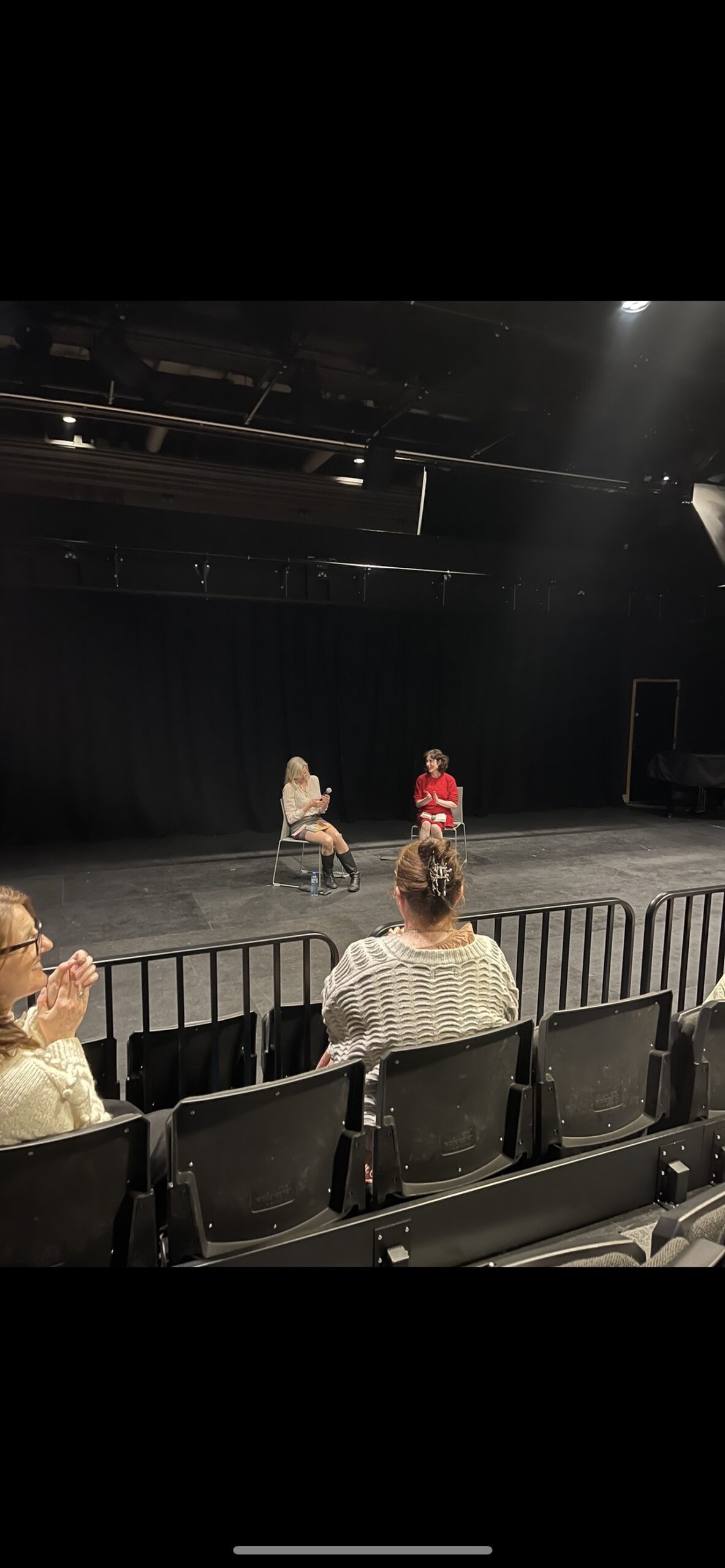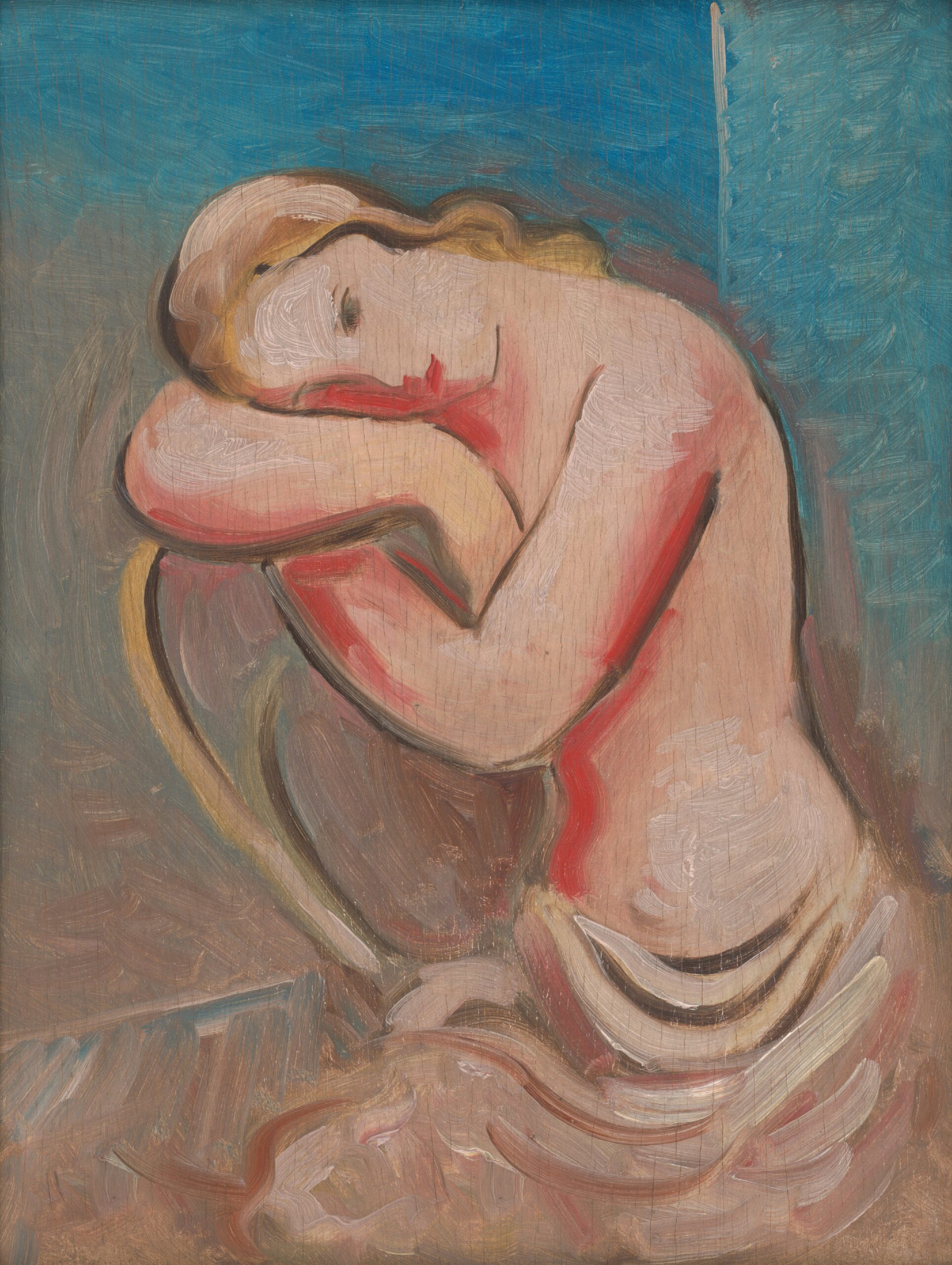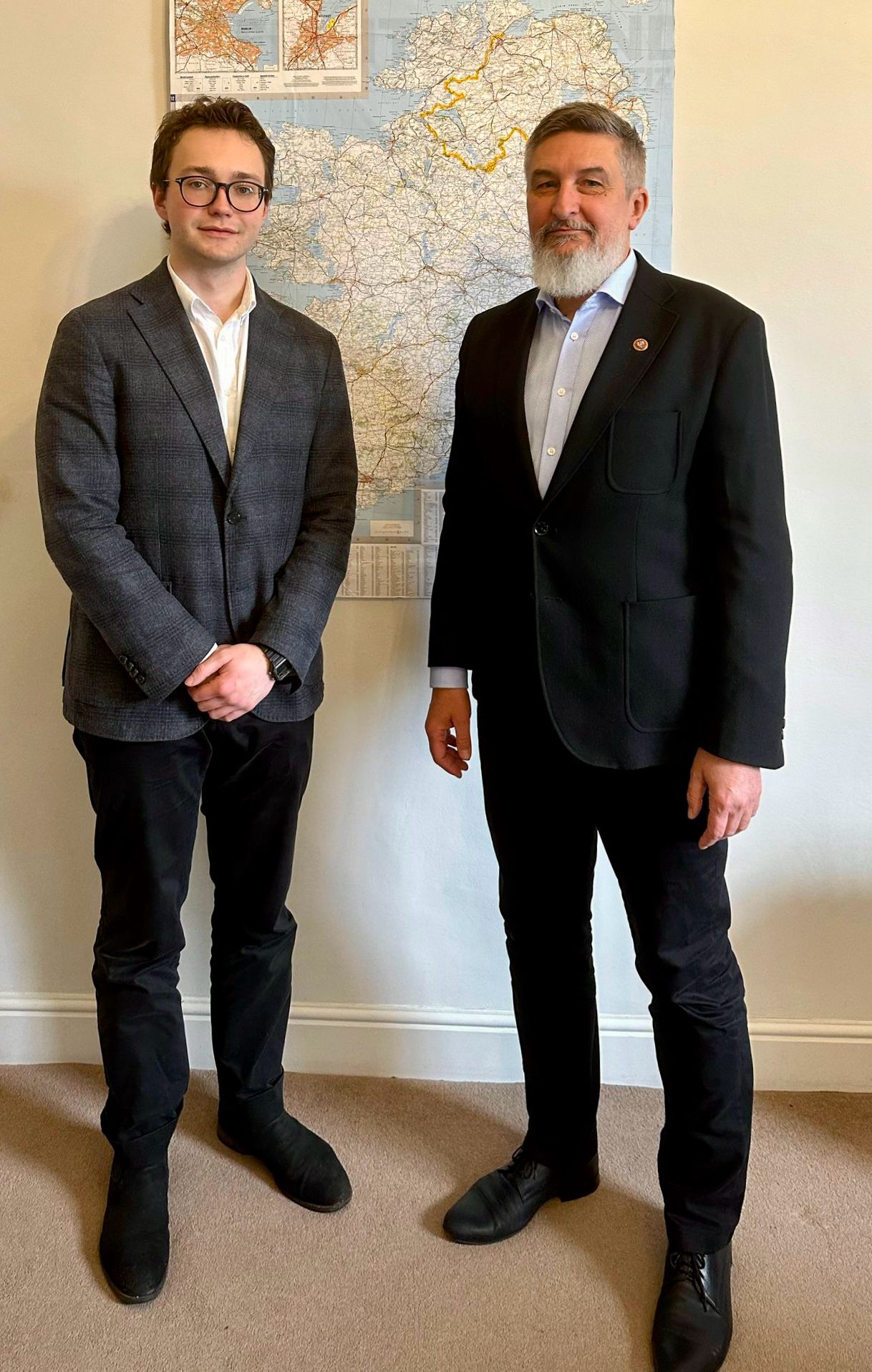
If you have visited Books Upstairs in the past year, the names Maggie Armstrong and Niamh Campbell should sound familiar. A couple of weeks ago, UCD’s Trapdoor hosted these two prominent voices in contemporary Irish literature for a conversation discussing Armstrong’s first book, a collection of short stories titled Old Romantics. Campbell, who previously won the Rooney Prize for Irish Literature, published This Happy in 2020 and We Were Young in 2022. Armstrong, a former journalist, recently published her first short story collection with Tramp Press. While in conversation, the authors covered themes of romance, the Irish literary community, and developing writing style.
The Irish Examiner’s review of Old Romantics calls to question whether Dublin men are really so terrible, or whether it is that the women who date them observe them so sharply and write about them so entertainingly that they appear especially awful. For anyone familiar with the trials of dating in Dublin, Armstrong’s collection will strike a chord. Her stories explore a spectrum of Dublin man archetypes, from the emotionally unavailable, to the one who is too stingy to buy you a pint. Themes of romance, and more importantly, what Armstrong calls a romantic career, are ever-present in Old Romantics. Many stories in Armstrong’s collection abandon structured plots and instead follow observations of romance, which take the form of a plot. In conversation, she describes the idea of projecting romance onto others, taking contemporary concepts such as the often one-sided ‘situationship’, and weaves them into “Dublin Marriage”, creating a narrative based on romantic delusions. While she is able to portray these failed relationships comically, she explains that often we create these delusions to mask our individual problems. Instead of self-reflection and path finding, we use romance as a mask to hide underneath. Throughout Armstrong’s collection, she carries a comedic and almost playful tone, layered with this same sharp insight.
While many of the stories in Old Romantics carry a playful tone, “Maternity Benefit” can be seen as a contrast, as it describes a birth story in detail. Armstrong tells Campbell that she almost omitted the story from the collection, as she once believed it to be tasteless, and is still quite unsure of its success. She describes her worries as fearing to imitate Bukowski’s style, or writing a female High Fidelity. Though worried about its reception, the story resonates powerfully in an Irish context, where such topics still feel taboo. In the story, the narrator’s mother refuses to tell her about the realities of her own birthing experience, instead changing the subject every time the narrator brings it up. This silence and vague reassurances symbolise a broader cultural discomfort with discussing women’s bodily realities. The honest portrayal of a birth story is reminiscent of Anne Enright’s raw account in her book Making Babies, which Campbell remarks on, demonstrating the boldness of female Irish authors breaking the stigma.
When referencing the Irish literary scene, both writers describe the community as supportive and connected. While Irish literature has always been notable, it is continuing to grow in popularity worldwide. Yet the community has not reached the levels of New York or London, instead, the circle of writers seems smaller, as well as the number of editing houses, making the writing and publishing experience more intimate. As a UNESCO City of Literature, Dublin is a city filled with literature events that give authors opportunities to read their work out loud, such as Dublin fringe events, open mic events, or the many literature festival events Dublin hosts, which both authors credit. Campbell compares this experience to playing in a cover band before you write your own music, as you are testing your skills in front of an audience, without the pressure of trying to get published.
Before publishing her short story collection, Armstrong worked as a journalist, covering many topics, including restaurant reviews for the Dubliner, critiquing books, and publishing personal essays. As a journalist, Armstrong describes her tone as arrogant and bitter, publishing harsh critiques she now cringes at. When Old Romantics was released, she was waiting for this backlash, but was relieved when she found that the Irish literary community tends to lead towards support rather than harsh criticism, contrary to British or American journalism. Instead, both authors laugh about how Irish criticism is so gently phrased, often sandwiched in between so many compliments that you might miss it entirely. When describing Armstrong’s career in journalism, both authors reminisce on the prime years of Irish journalism, and they express hope for a new wave of journalism to emerge.
Campbell’s writing style is frequently described as lyrical and reminiscent of Eimear McBride’s Joycean, free-flowing sentences. Armstrong, in contrast, joked that her stories sound like she is speaking on the BBC, using sophisticated words to describe comical situations. When developing personal writing style, both authors credit their influences, with Armstrong drawing inspiration from the Victorian authors. They discussed how writing in a particular register can allow a writer to distance themselves from the story, creating space to explore characters with greater objectivity. In Old Romantics, several stories include the character of Margaret, which has brought the question of whether these experiences have happened to Armstrong or whether they are simply fiction. Armstrong seems to be walking a line between fact and fiction, placing her within the autofiction genre, blending autobiographical work with fiction, similar to authors Rachel Cusk or Annie Ernaux.
In conversation, both authors offered a glimpse of the world of the contemporary Irish literary community authentically and entertainingly. While they gave insight on practical writing advice, such as the importance of having financial stability to write, crediting Virginia Woolf’s A Room of One’s Own, they were also able to laugh about failed romantics, which is what Armstrong’s collection is all about. Both authors seem to be working on new projects, and readers should be waiting for them with anticipation.






